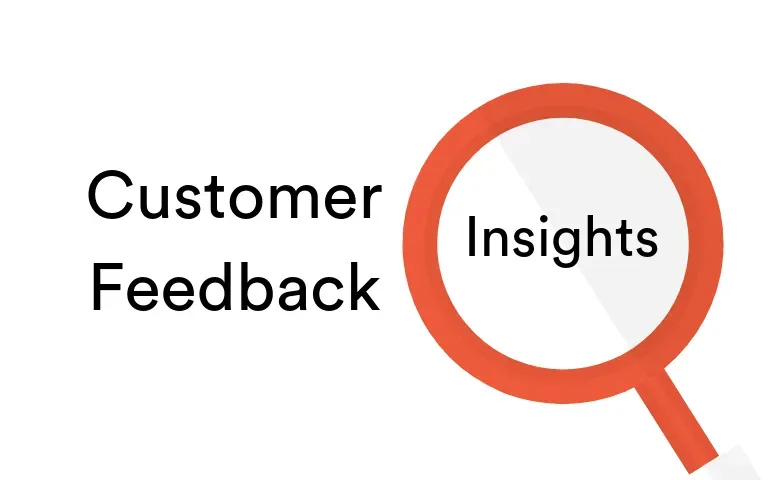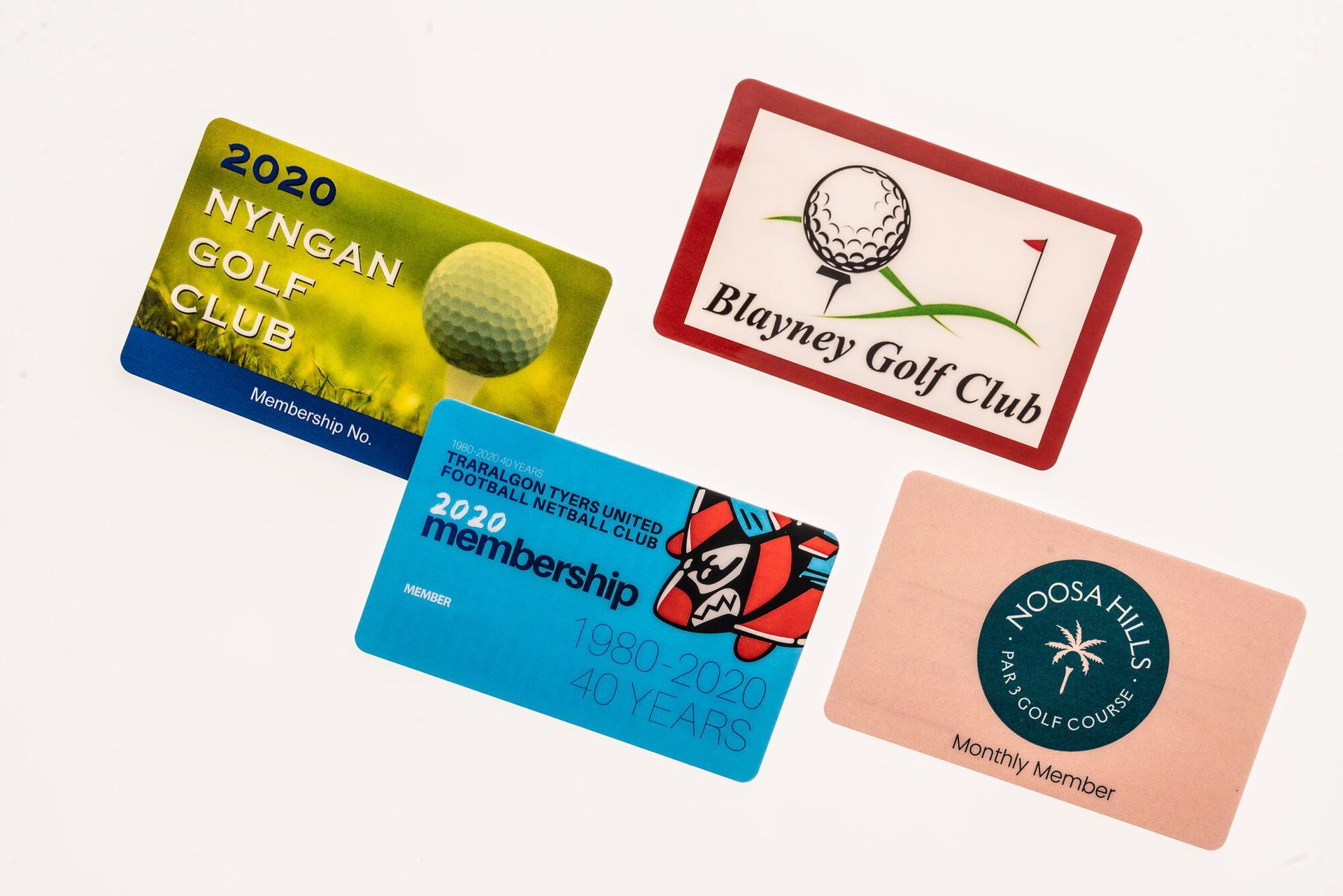Do you really know what your Customers want?
When was the last time you asked your customers what they actually want?
We all think we “know” our customers, so we think we know what they want. We make decisions on their behalf about the products, services and facilities they want. But are we really that psychic that we can read their minds and get it 100 percent right? Maybe not…
My favourite definition of marketing is “Finding out what your customers’ wants/needs are and then providing it for them.” If you have what people want, in all its combinations, they will literally beat a path to your door. So, marketing can also be described as “having what you know you can get rid of,” whereas selling is “getting rid of what you’ve got.” And you customers may not actually want what you have.

How do I find out what they want?
There are a number of ways to find this out but put simply “You need to ask your customers.” This can be done formally or informally, at little or no cost, or through spending some serious coin for professional market research.
In this world full of modern technology, there are a raft of possibilities for doing the research starting with a simple hard copy questionnaire, through online survey tools (like Survey Monkey) right up to engaging a professional market research company like Ipsos, Roy Morgan or AMR who can provide either proprietary or syndicated research options.
I like to keep things simple and cost effective, so with a little thought (and professional guidance) you can draft a simple Customer Survey to use within your business and to circulate to your potential audience.
By asking a series of simple questions, you can glean a lot of information from your existing and potential customers (e.g. members of registered clubs, regular patrons of clubs, pubs and restaurants) or customers and community stakeholders of any For Profit and For Purpose (Not For Profit) organisations.
What do I need to do?
First up, work out what you want to know from your audience – ask about their preferences for food, drinks, entertainment, other products and services and maybe reasons that would enhance the chance of potential customers to actually do business with you. Then ask them
x what do you like that we should keep doing?
x what don’t you like that we should stop doing?
x what would you like us to do / offer that we aren’t doing / offering now?
x What would encourage you to do business with us?
Maybe even enquire as to the suitability of your location, your trading hours, parking availability and other elements, which could be acting as an impediment to them doing business with you.
Once you have established what you want to know, work out the actual questions you are going to ask and the type of answers you want – single line, multiple choice, Likert rating scale, Yes / No or paragraph answers to open ended questions.
Then you can draft your survey / questionnaire in electronic format (Survey Monkey or similar) or in ‘hard copy’ format in a printed form, either in Word or Excel. The benefit of using the electronic format with Survey Monkey is that their system collects and collates all the answers for you and provides different forms of analysis. So, you don’t have to be a trained market researcher to get useful data out of your survey.
Using the hard copy approach is possibly a necessity depending on the demographics you are surveying. Older generations like the Builders and some early Baby Boomers are not as tech savvy as the younger Gen X and Millennials, so you may need to do a combination of both to cover all your potential audience.
Don’t try and ask too many questions as that can impact on your response rate. A quick and easy survey, which should take no more than five to seven (5 – 7) minutes will usually get a good response from people who are generally time poor in the 21st century.

What sort of response should you expect?
On average, survey responses can be as low as five (5) percent and as high as fifty (50) percent for highly engaged audiences. From my experience, depending on the sample size (how many you ask to do the survey) you can expect five to twenty-five (5 – 25) percent response rate and you can usually glean meaningful results from that sort of response rate.
Be patient too. Some people take one or two reminders to complete the survey and again, the applications like Survey Monkey have template emails and reminder emails that you can send to prompt a response from the busy people. They also have template Thank You emails that go out to the respondents who complete the survey.
It can be beneficial to prompt a greater response level to offer a ‘reward’ of some sort for completion of your survey. Hard copy surveys, dropped into the Survey Collection Box, can go in a draw for a random prize – a meal voucher, a gift or a discount coupon – that will hopefully incentivate a greater number of responses.
Similar rewards can be offered in an online survey for completion, with electronic delivery of the prize / reward, so ensure you capture the name and an email address of all respondents, as part of your survey information.
Be prepared for some frivolous or vexatious responses – often those with an axe to grind will take the opportunity to have a go at the company through the survey, but obviously you can deal with that information accordingly.
Once you have the responses, you can collate them and take the information provided to then review your product, service and facilities offerings. It can be a great tool to add to the preparation for a strategic planning session, so that you have current feedback from your customers and potential customers, to inform the future planning.
You may be able to incorporate the suggestions into your business, however it is highly unlikely that all the suggestions will be actionable. Use the information to adjust the business offering that works within the parameters of improving your business, without over-burdening the business. Remember you can only please all of the people some of the time, so try not to be everything to everybody! .

A well-executed customer survey will be a powerful tool to really let you know what your customers think, to help you to better meet their needs. For more information, or assistance in surveying your customers, contact Ron Browne 0414 633 423 or ron@extrapreneurservices.com.au









